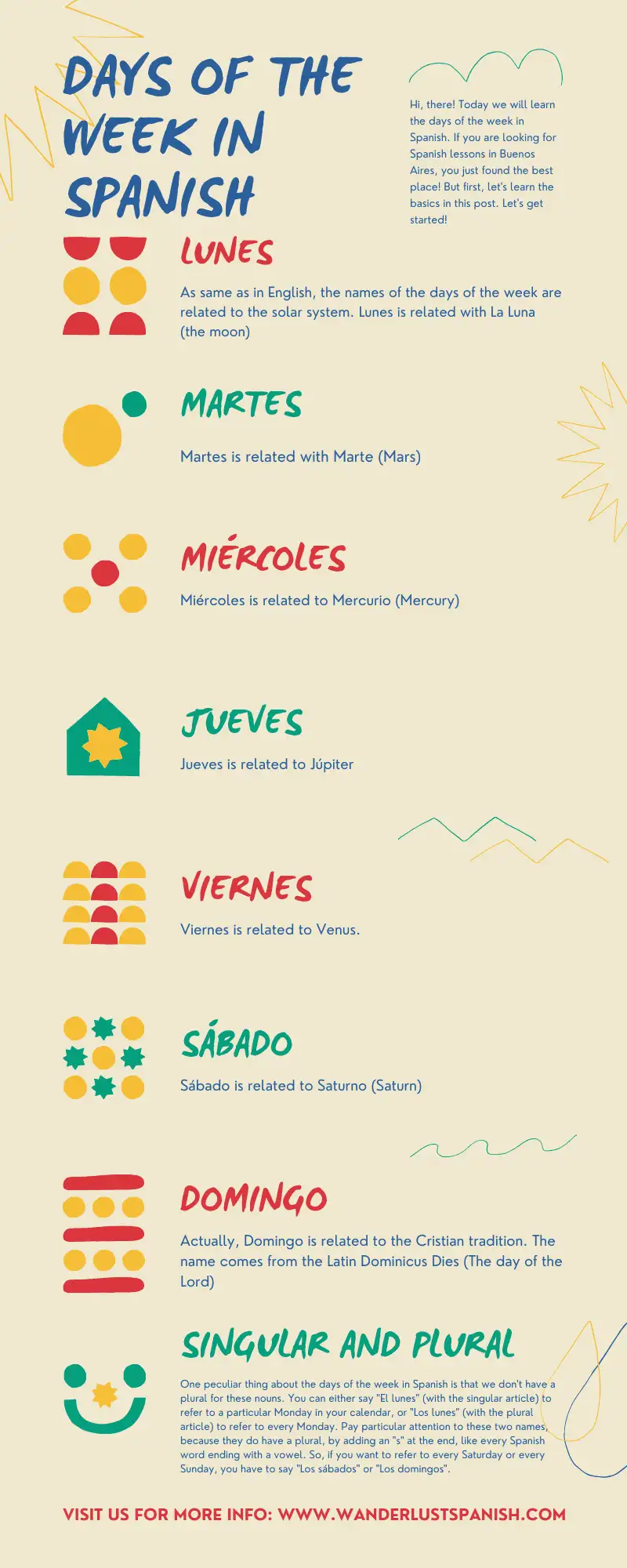While teaching Spanish, we noticed that, for our students, some verbs are more difficult to remember than others. The reason might be the irregularity of these four verbs, but also the relation between ser and estar, and the different translations of hacer and decir. That’s why today we’ll go in-depth in the study of Preterite conjugation of decir, hacer, ser, and estar. Let’s get started!
Preterite conjugation of decir
Contents
Decis is a tricky verb, we know that. Not only because of its conjugation but also because you need an Indirect Object pronoun most of the time you use this verb. What’s an Indirect Object pronoun? The Indirect Object pronoun marks who is the recipient of the speech. In English, these pronouns are me, you, him, her, us, you (all), and them. In a sentence like “She told me”, the Indirect Objet pronoun is “me” because “me” is the recipient of the message. So, it is very confusing sometimes to choose the right conjugation and the right pronoun, we know that! Let’s see some examples:
Yo le dije la verdad a Juan = I told the truth to Juan
Tú le dijiste la verdad a Juan = You told the truth to Juan
Él le dijo la verdad a Juan = He told the truth to Juan
Nosotros le dijimos la verdad a Juan = We told Juan the truth
Ellos le dijeron la verdad a Juan = They told the truth to Juan
Do you see? Juan is always the recipient, so the pronoun doesn’t change. What it changes is the conjugation of decir, because in each case a different person says the truth to Juan. Also, note that the translation of decir here is “to tell”. It can also be “to say”. For example in the song, She said She said, by The Beatles, the translation for “She said ‘I know what it’s like to be dead’ ” is “Ella dijo ‘Yo sé lo que estar muerta’ “.
Preterite conjugation of hacer
As you must know, Hacer means both “to do” and “to make”. If you do your homework, tú haces la tarea, and if you make the bed, tú haces la cama. Also, if you bake, tú haces una torta (or un pastel, depending on where are you). This is the conjugation of hacer in the Preterite.
| yo | hice |
| tú (or vos) | hiciste |
| él, ella, usted | hizo |
| nosotros, nosotras | hicimos |
| ellos, ellas, ustedes | hicieron |
Now, let’s see some examples:
¿Hicieron lo que les pedí? (Did you do what I asked?)
¿Cuándo hiciste eso? (When did you do that?)
Hice una mesa de madera (I made a wooden table)

Preterite conjugation of ser
When it comes to ser, first we need to pay attention to the differences between Ser and Estar. In this post, we’ll focus on the conjugation of Perfect Preterite of ser. So, keep also in mind, the differences between Perfect and Imperfect Preterite. This is how we conjugate the Preterite of Ser in Spanish:
Yo fui
Tú fuiste
Él, Ella, Usted fue
Nosotros fuimos
Ellos, Ellas, Ustedes fueron
When we can use this conjugation of ser? When we’re talking about a completed action in the past, located at a specific time. For example, read the following dialogue:
–Ayer fui un estúpido con Fabio. No le hablé bien. (Yesterday I was stupid with Fabio. I didn’t speak well to him.)
–Sí, fuiste muy hiriente con él. (Yes, you were very hurtful to him.)
–Él fue un poco duro conmigo también, ¿no crees? (He was a bit harsh on me too, don’t you think?)
Or this one:
-Nosotros no fuimos los únicos en molestarnos con Juan por lo de Fabio. (We weren’t the only ones to get upset with Juan about Fabio.)
-¿Ustedes también fueron testigos de cómo le habló? (Did you also witness how he spoke to him?)
Do you see? As the action it’s located in a specific point in the past (Ayer), you can use the Perfect Preterite of Ser.
Preterite Conjugation of estar
Let’s go with the last one. Of course, this is also an irregular verb. Remember the uses of estar (location, mood, and opinions about taste and appearance).
Yo estuve
Tú estuviste
Él, Ella, Usted estuvo
Nosotros, Nosotras estuvimos
Ellos, Ellas, Ustedes estuvieron
Does it sound familiar to you? Yeah, it’s like the verb TENER but with “es” at the beginning. Let’s see some examples:
Ayer estuve en lo de tu prima. (Yesterday I was at your cousin’s.)
Tú estuviste sintiéndote mal esta mañana, ¿cierto? (You were feeling bad this morning, right?)
La obra estuvo genial, te la recomiendo. (The play was great, I recommend it.)
Did you like this post about Preterite conjugation of decir, hacer, ser, and estar? Would you like to learn more? Contact us and schedule your trial lesson! See you soon!








